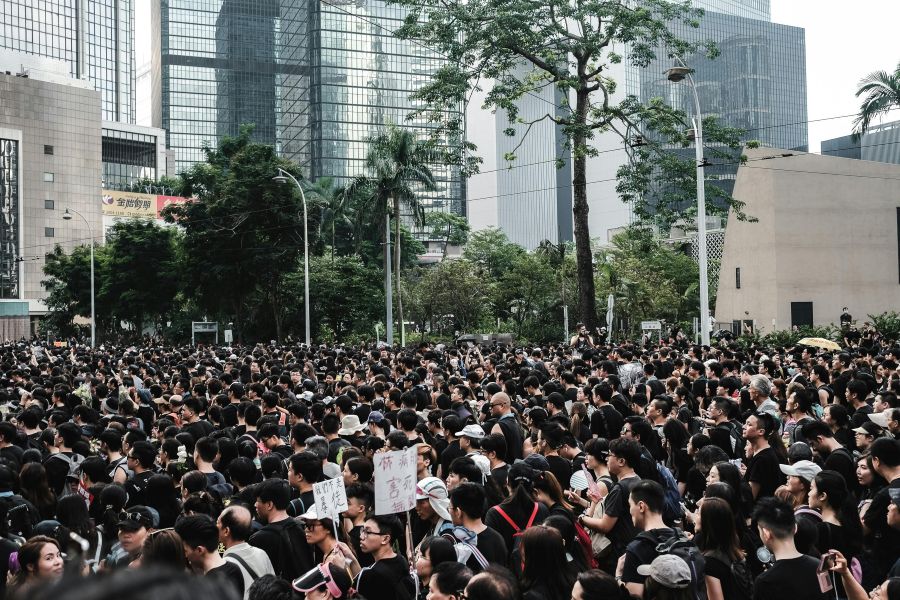In the age of digital media, student movements have taken on a new dimension—one that blends the power of grassroots activism with the vast reach and influence of social media. While this evolution has the potential to amplify the voices of marginalized groups and catalyze global change, it also brings with it profound challenges. Shen Yuzhe, a prominent scholar in the realm of political communication, has argued that the new mediaization of student movements, while often heralded as a democratic triumph, comes with a dual-edged sword.
Yuzhe’s analysis focuses on the “horror” and “respectability” that digital platforms afford student activism. On one hand, the rise of social media has transformed how student movements organize and mobilize. Platforms like Twitter, Instagram, and TikTok allow students to rally around causes in unprecedented ways, creating viral moments of solidarity and sparking international attention. Movements like #MeToo and #BlackLivesMatter, which were initially nurtured on these platforms, have shown that the viral potential of social media can lead to real-world change.
However, Yuzhe is deeply concerned with the darker side of this media revolution. He argues that as student movements grow in prominence, their very success can lead to their co-optation. The respectability that comes with a mass following on social media can result in movements becoming diluted, compromised, or even stripped of their radical edge. As student movements become more mainstream and “acceptable,” they risk losing their subversive power and evolving into a tool for symbolic gestures rather than substantive change. What begins as a passionate call for justice or systemic change can, in some cases, become a brand—a series of hashtags, images, and slogans repackaged for consumption by the very institutions that student activists initially sought to challenge.
Moreover, the intense scrutiny that comes with digital media can also create an environment where student movements are easily scrutinized, dissected, and discredited. The continuous surveillance of activists online means that every misstep, every poorly worded tweet, or every controversial statement can be weaponized against them. The shift to online platforms, Yuzhe suggests, turns student activism into a performative spectacle. While this spectacle may generate sympathy or support, it can also dilute the authenticity of student voices. The fear of backlash, trolls, and online harassment can lead movements to moderate their rhetoric or tailor their messages to fit a more palatable narrative for both media and the public.
Yuzhe also notes that the mediaization of student movements is not only a challenge for the activists themselves but also for those who consume the media. The constant bombardment of political messages through digital platforms often leaves audiences exhausted and desensitized. The ease with which one can retweet a cause or share a post can give a false sense of activism, fostering a culture of slacktivism where people believe they are contributing to a movement by merely clicking a button, rather than engaging in real, substantive action.
Despite these criticisms, Yuzhe acknowledges that the mediaization of student movements is not inherently negative. The global stage that social media provides can give activists a voice they would otherwise lack. It is the ability to shift from local protests to international awareness in a matter of hours that has propelled many student-led initiatives into the spotlight. However, the transformation of student movements into media spectacles raises a fundamental question: In the pursuit of respectability, have these movements sacrificed their authenticity, their radical potential, and their ability to challenge the status quo?
In conclusion, Shen Yuzhe’s critical perspective on the mediaization of student movements serves as both a warning and a call to action. As student activists continue to navigate the digital world, they must remain vigilant against the forces of commodification and co-optation that come with online visibility. While social media can undoubtedly serve as a powerful tool for social change, it is essential that students preserve the integrity and revolutionary spirit that once defined their movements. Only then can they truly harness the power of the digital age while maintaining their commitment to radical transformation.

